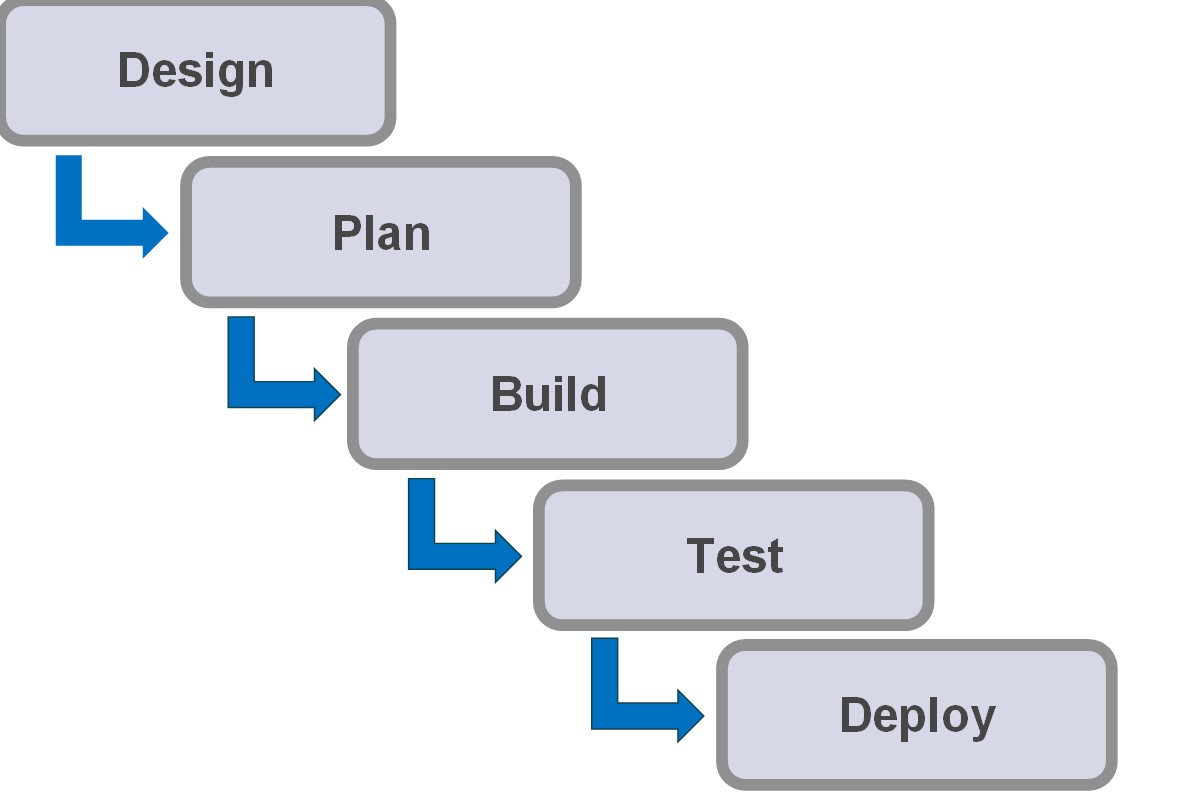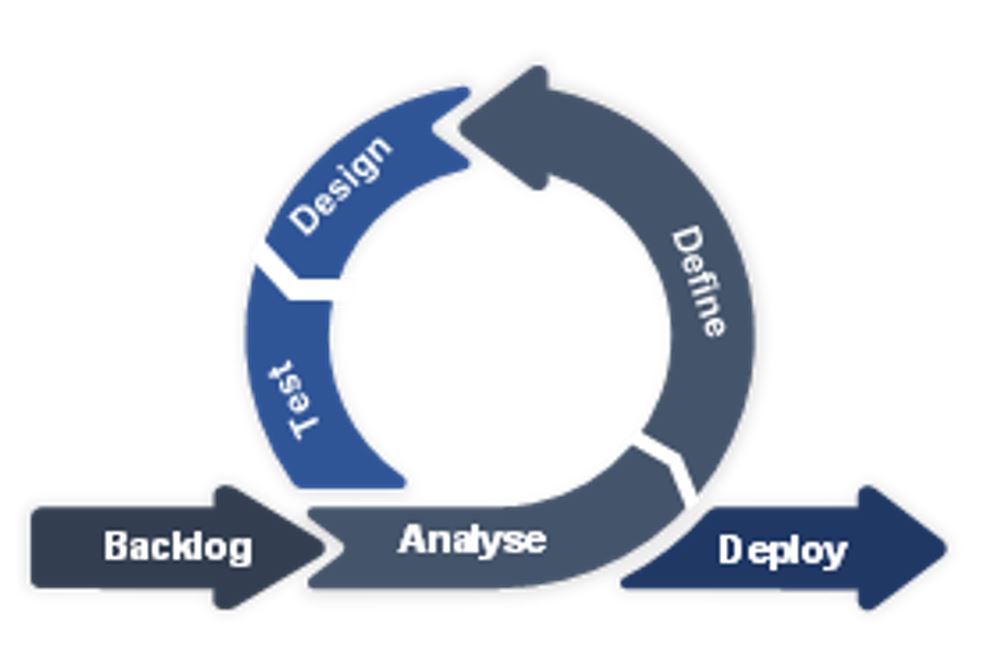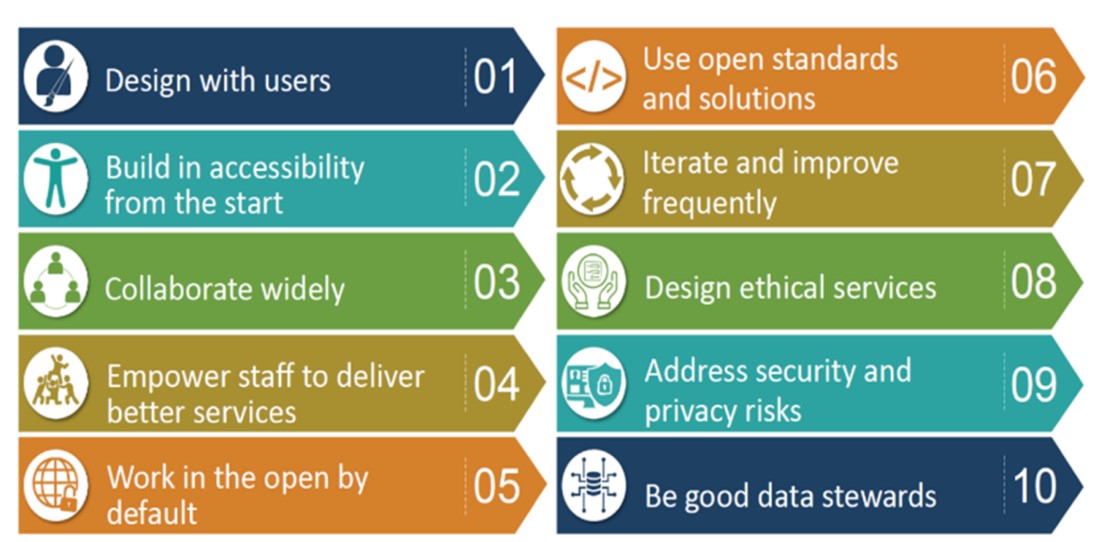Agile development is a set of practices intended to improve the effectiveness of software development and organizational change by developing IT systems through smaller pieces that are sequentially refined and improved. Agile methods are characterized by short development cycles, cross-functional teams, frequent client involvement, and an emphasis on creating a demonstrable working product with each development cycle. Agile has become increasingly popular as we move from the more traditional waterfall development models which subdivide projects into linear sequential phases and focus on detailed planning early on. See Appendix B for glossary of key terms.


Figure 1: Waterfall vs Agile development
Since 2015 the Chief Information Officer of Canada has released strategic documents on the government’s direction for Information and Information Technology (IM/IT) Management. The most recent version of this direction is Canada’s Digital Ambition 2022Footnote 1, builds on the digital standards and outlines the government’s vision to leverage agile ways of working to transition to a more digital government.
In 2019 the Treasury Board of Canada released the Policy on Service and Digital and the Chief Information Officer of Canada released the accompanying Government of Canada Digital Standards: Playbook. These documents, along with other supporting policies, encourage departments to embrace new agile ways of working in support of their digital goals.

Figure 2: Government of Canada Digital Standards